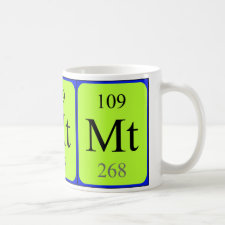
Authors: Bayram E, Yilmaz E, Uzun L, Say R, Denizli A
Article Title: Multiclonal plastic antibodies for selective aflatoxin extraction from food samples.
Publication date: 2017
Journal: Food Chemistry
Volume: 221
Page numbers: 829-837.
DOI: 10.1016/j.foodchem.2016.11.090
Alternative URL: http://www.sciencedirect.com/science/article/pii/S0308814616319392
Abstract: Herein, we focused on developing a new generation of monolithic columns for extracting aflatoxin from real food samples by combining the superior features of molecularly imprinted polymers and cryogels. To accomplish this, we designed multiclonal plastic antibodies through simultaneous imprinting of aflatoxin subtypes B1, B2, G1, and G2. We applied Fourier transform infrared (FTIR) spectroscopy, scanning electron microscopy (SEM), and spectrofluorimetry to characterize the materials, and conducted selectivity studies using ochratoxin A and aflatoxin M1 (a metabolite of aflatoxin B1), as well as other aflatoxins, under competitive conditions. We determined optimal aflatoxin extraction conditions in terms of concentration, flow rate, temperature, and embedded particle amount as up to 25 ng/mL for each species, 0.43 mL/min, 7.0, 30 °C, and 200 mg, respectively. These multiclonal plastic antibodies showed imprinting efficiencies against ochratoxin A and aflatoxin M1 of 1.84 and 26.39, respectively, even under competitive conditions. Finally, we tested reusability, repeatability, reproducibility, and robustness of columns throughout inter- and intra-column variation studies
Template and target information: aflatoxins, aflatoxin B1, aflatoxin B2, aflatoxin G1, aflatoxin G2, aflatoxin M1
Author keywords: molecular imprinting, Multiclonal plastic antibodies, Simultaneous imprinting, Cryogels, Aflatoxin extraction, Food samples



Join the Society for Molecular Imprinting

New items RSS feed
Sign-up for e-mail updates:
Choose between receiving an occasional newsletter or more frequent e-mail alerts.
Click here to go to the sign-up page.
Is your name elemental or peptidic? Enter your name and find out by clicking either of the buttons below!
Other products you may like:
 MIPdatabase
MIPdatabase









